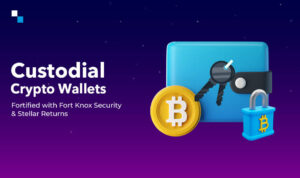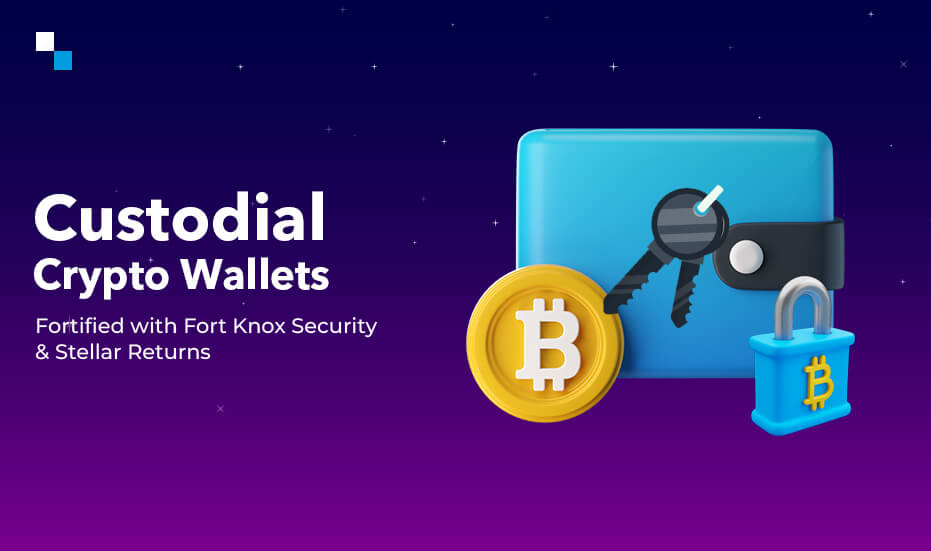
Crypto wallet safety is the cornerstone of successful cryptocurrency management. Whether you’re holding Bitcoin, Ethereum, or other altcoins, safeguarding your wallet is essential. In this guide, we’ll show you how to secure your digital assets, protect your recovery phrases, steer clear of phishing scams, and maintain peace of mind in the ever-changing world of crypto.
Why Crypto Wallet Safety Matters
Cryptocurrencies operate on decentralized networks without a central authority to restore lost funds. Without proper crypto wallet safety measures, losing your keys could mean losing access to your investments forever. By prioritizing wallet security, you’ll reduce risks, prevent unauthorized access, and keep your digital assets safe and sound.
Choosing a Wallet: The First Step to Crypto Wallet Safety
The path to optimal crypto wallet safety begins with choosing the right type of wallet.
Hot Wallets:
- Connected to the internet
- Examples: MetaMask, Trust Wallet
- Convenient but more exposed to online threats
Cold Wallets:
- Offline and highly secure
- Examples: Ledger, Trezor, paper wallets
- Ideal for long-term storage and large holdings
Pro Tip: Store the majority of your funds in a hardware (cold) wallet for maximum crypto wallet safety, and use a hot wallet only for everyday transactions.
Protecting Your Recovery Phrases for Better Crypto Wallet Safety
Your recovery phrase (seed phrase) is the master key to your wallet. If compromised, it can lead to irreversible losses.
Do’s:
- Write your recovery phrase on paper and keep it in a fireproof, waterproof safe.
- Consider a metal backup for extra durability and security.
Don’ts:
- Never store your recovery phrase digitally.
- Do not share it with anyone, not even trusted friends or family.
Avoid Phishing Scams to Enhance Crypto Wallet Safety
Phishing attacks trick you into revealing private keys or login credentials by mimicking legitimate sites.
How to Avoid Phishing Scams:
- Double-check the URL for HTTPS and correct spelling.
- Never click unsolicited links in emails or messages.
- Use a password manager to ensure you’re always logging into the correct site.
Additional Tips to Boost Crypto Wallet Safety
1. Enable Two-Factor Authentication (2FA)
Apps like Google Authenticator or Authy are safer than SMS-based 2FA. Enable 2FA on all wallets and exchanges for enhanced crypto wallet safety.
2. Keep Your Software Updated
Regularly update wallet apps, antivirus software, and operating systems. Updated software patches security holes and helps maintain crypto wallet safety.
3. Diversify Your Storage
Spread your holdings across multiple wallets. Different wallets for long-term storage and active trading minimize risk and improve crypto wallet safety.
4. Avoid Public Wi-Fi
Never access your wallet on public Wi-Fi networks. Use a VPN for a secure connection when managing crypto assets.
What to Do If You Lose Access to Your Crypto Wallet
- Check Your Recovery Phrase: Try restoring your wallet with the seed phrase on a reputable platform.
- Trace Transactions: Use blockchain explorers like Etherscan or Tronscan to track any suspicious activity.
- Seek Professional Help: If your wallet is compromised, consider contacting a trusted recovery service like Crypto Recovery Expert.
Helpful Resources for Maintaining Crypto Wallet Safety
- Ledger: Hardware wallets for secure offline storage.
- Trezor: Reliable cold wallets to protect your keys.
- CoinDesk: Stay informed with the latest crypto security news and guides.
Conclusion
Prioritizing crypto wallet safety is essential for anyone managing digital assets. By choosing the right wallet, protecting your recovery phrases, avoiding scams, enabling 2FA, and staying updated, you’ll create a robust defense against potential threats. Treat your wallet like a digital fort—strengthen it with best practices and professional guidance.
If you’ve struggled to secure your wallet or need help recovering lost funds, Crypto Recovery Expert is here to assist. Together, we can ensure your crypto journey remains secure and prosperous.

